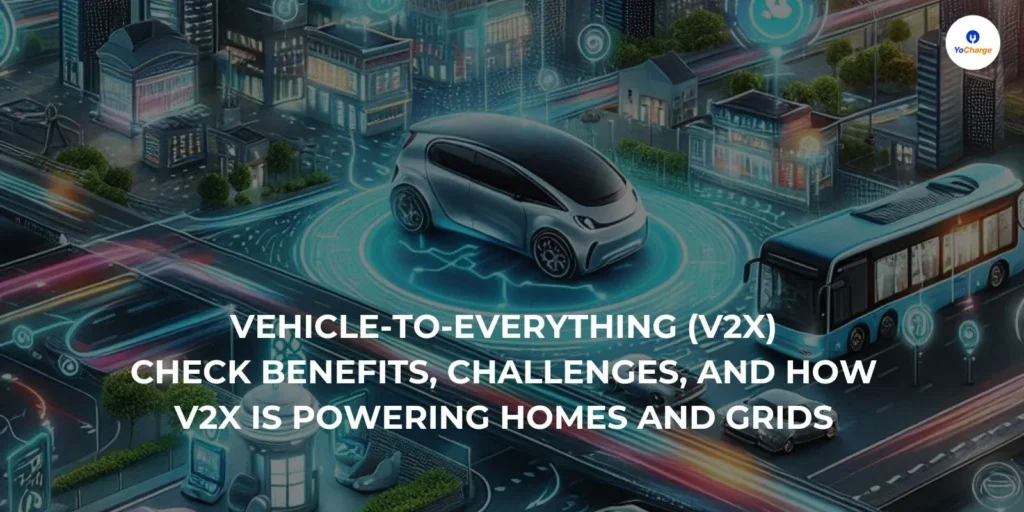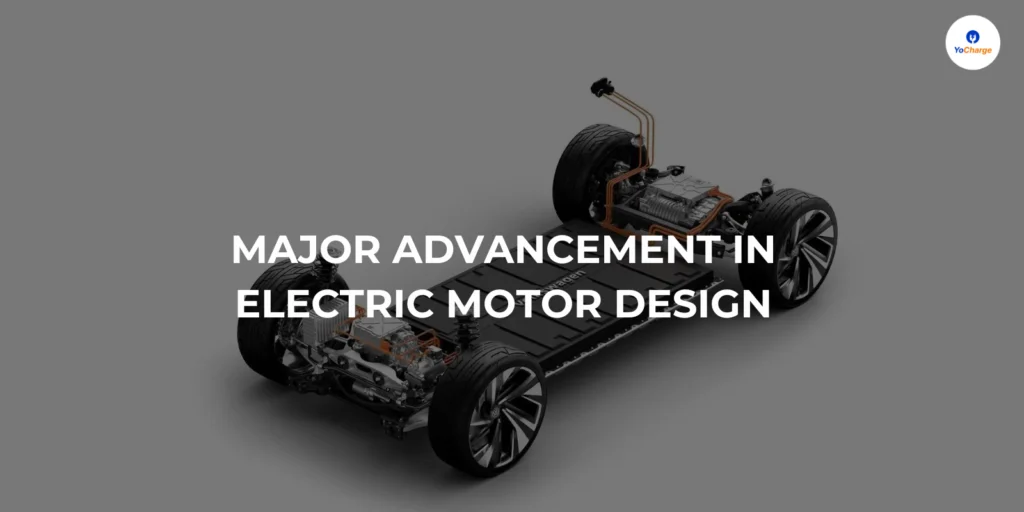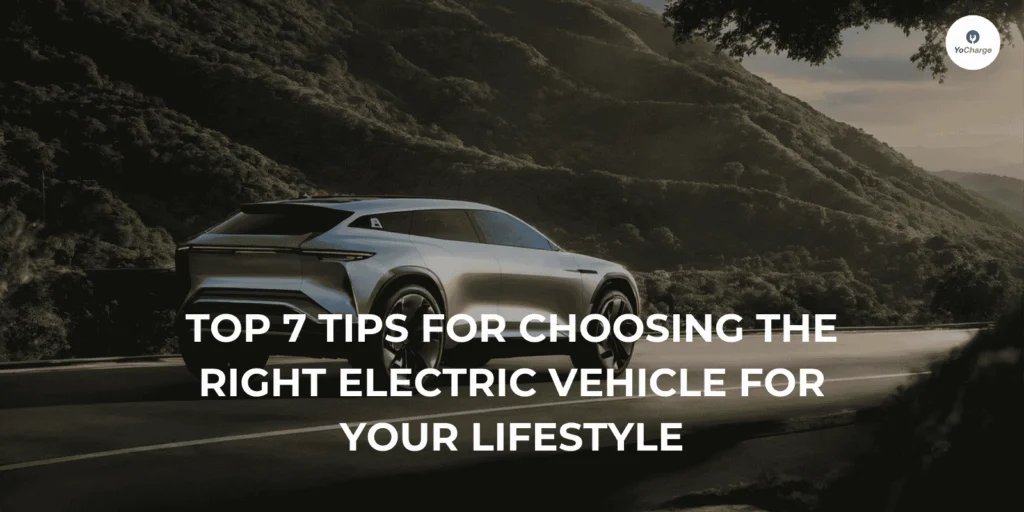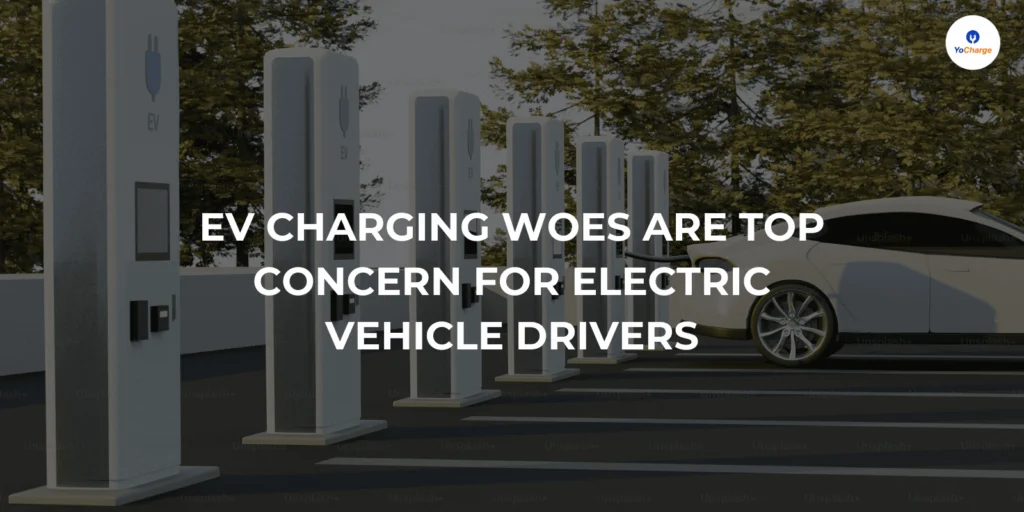Due to their ability to offer a viable and environmentally friendly option to conventional internal combustion engine (ICE) vehicles, electric vehicles (EVs) have revolutionized the automotive industry. Due to governmental subsidies and technical advancements, EVs have grown in popularity over time. However, fueling an EV is an important issue that needs consideration. To protect their car and the people around them, EV owners must select the proper charging equipment. At end of the article you can decide whether wall socket or a charger is better for your EV.
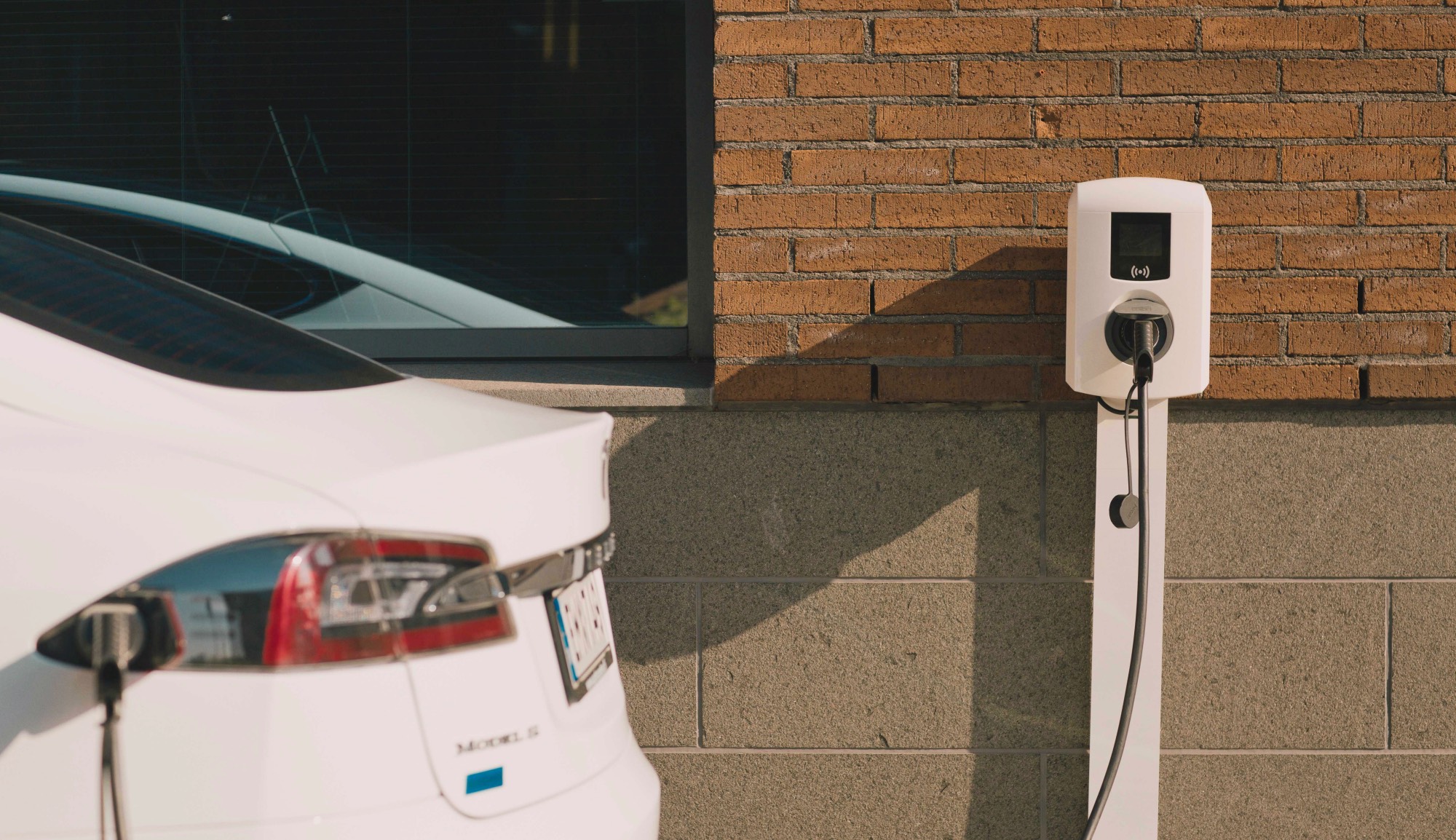
Wall Socket or a Charger: Which one should you opt for charging your EV?
Wall sockets, which are also referred to as household electrical outlets, should never be used for EV charging. It is risky, time-consuming, and expensive to charge an EV straight from a wall outlet. Many countries of the world have laws against this kind of charging. Using residential wall outlets to charge is not recommended for the following reasons:
1. Wall sockets may not withstand high temperature
Different wall outlets can withstand different temperatures. It is impossible to determine these safe working temperature ranges without being a licensed electrician. If the socket continuously outputs high electricity at high temperature for an hour, there is a high probability of a thermal runaway. The connected wires may completely burn in the worst-case situation.
2. Incentives for installing EV charger
The ability to profit from discounted rates and incentives for EV charging is one of the advantages of owning an electric vehicle. EV owners can obtain discounted rates for charging their vehicles by requesting a green meter from the local electric utility company, such as the Maharashtra State Electricity Board (MSEB) in India. The green meter, a special meter placed just for charging electric vehicles, can be used to monitor the energy used during charging. This means that EV owners can save money on their energy bills by avoiding peak electricity prices.
The installation of a home charging station is frequently eligible for subsidies and rebates for EV charging. Depending on where you live, these benefits may take the form of tax credits, subsidies, or incentives that can be used to cover the expenses of getting a charging station and installing it. By taking advantage of these incentives, EV owners can save money and lower the cost of owning an electric car.
3. Insufficient charging
Most domestic electrical outlets are not made to handle the high power demands of EVs, so charging an EV from a wall socket is frequently insufficient. The typical wall socket is only able to deliver up to 2.4 kW of power, which is insufficient to completely charge the majority of electric cars in an acceptable amount of time. Even if an EV is able to charge from a wall outlet, it will probably take a very long period, making it unsuitable for routine use.
It is advised that owners of electric vehicles make an investment in a specialized, higher-power house charging station. An EV can be completely charged in a few hours with the help of a specialized home charging station, which can deliver up to 22 kW of power.
4. Need smart charging devices to cope with peak demand
There will be more electric vehicles (EVs) on every roadway as a result of the rising demand. They would raise “peak demand” on the grid and cause overloading if they were all plugged in for charging at the same time and in an uncontrolled manner. As a result, it will be necessary to balance household electricity usage, particularly during peak hours. One won’t be able to charge other than with smart charging devices.
5. It is unsafe to charge during rain using wall outlets
It can be risky to use a wall outlet to charge an electric car when it’s raining for a variety of reasons. In the first place, wall sockets are not intended to be weatherproof or waterproof, which means that if they get wet, they could pose a safety risk. Water can cause electrical shorts or even electrical shocks if it gets inside the plug or the charging cable, which is extremely risky for the user. This may necessitate costly repairs or even the replacement of the battery.
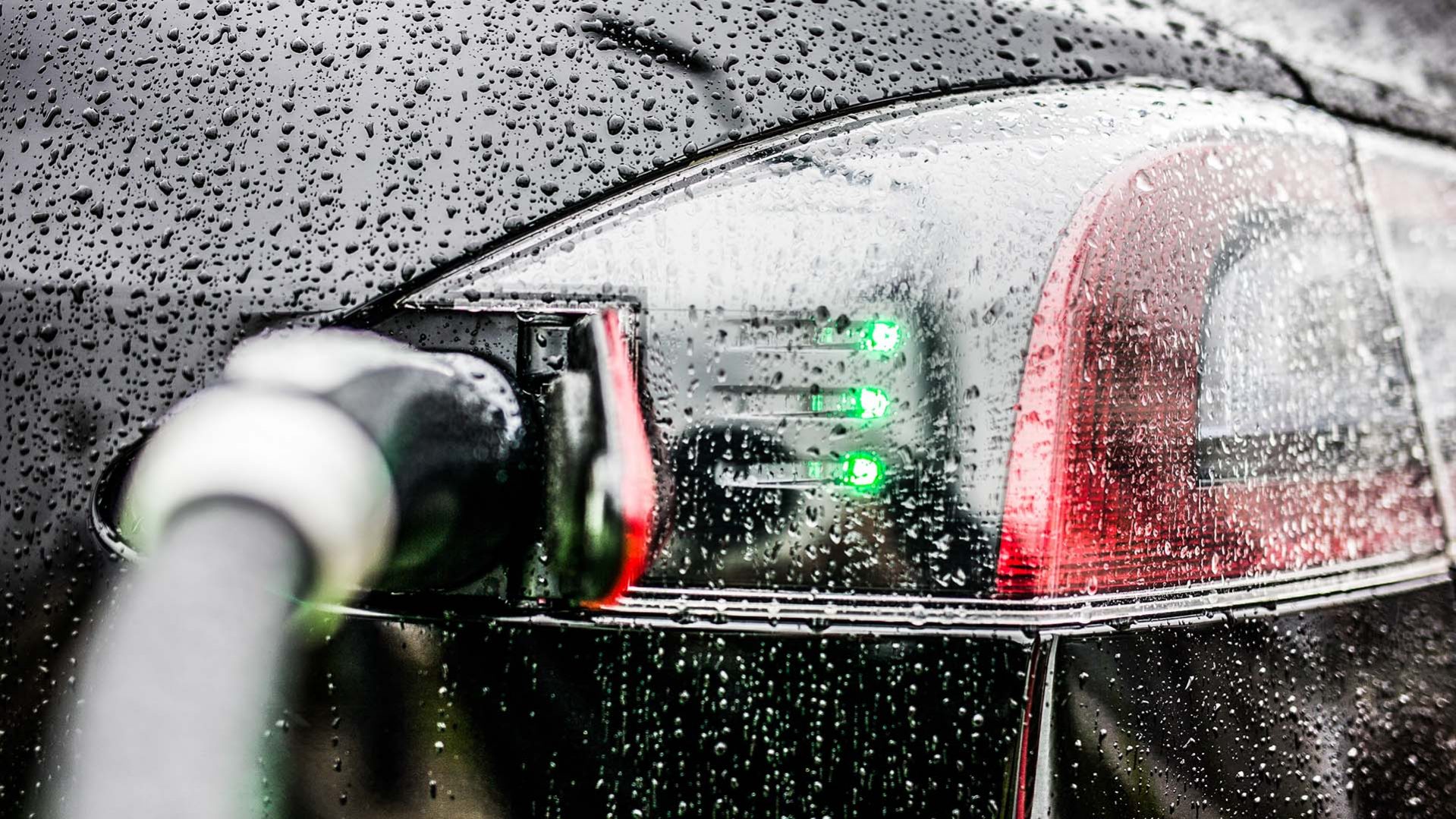
Second, the equipment used to charge electric vehicles is made to be waterproof and insulated, and it is tested in almost every kind of weather. EV owners can be confident that their car is being charged safely, even in rain, when using a dedicated plug-in cord that connects to a charging station. For these reasons, it’s crucial to make sure that the equipment used to charge electric vehicles is weatherproof, waterproof, and installed and used in accordance with safety regulations. Electric vehicle owners should instead engage in a dedicated home charging station that is made to be weatherproof and secure for frequent use.
6. Affects the safety of the vehicle
The safety of the driver and the battery life of an electric car are both significantly at risk when using a domestic electrical outlet to charge it. The constant use of these outlets, which are not intended for high-power charging, could cause thermal runaway and even electrical fires. Furthermore, because of the stress that charging an EV through a wall outlet places on the battery, it may shorten battery life by at least six months. In order to guarantee secure and effective charging, it is strongly advised to choose a standard EV charger installed at your home.
7. Emergency charging must be done only with protected equipment
Even when you want to use Mode-2 cables for “emergency charging,” you should always consult with a licensed electrician to test and confirm the socket outlet you are considering. The selected electrical outlet needs to be wired from a circuit breaker (protection equipment) that is placed at the wiring of the household’s electrical meter box.
In conclusion, standard chargers, offer a better, quicker, and more affordable method of charging EVs. For EV users, installing a smart charger at home is a smart decision. Additionally, the charging station is equipped with a smart system that balances energy usage during peak times to avoid overloading the grid.
